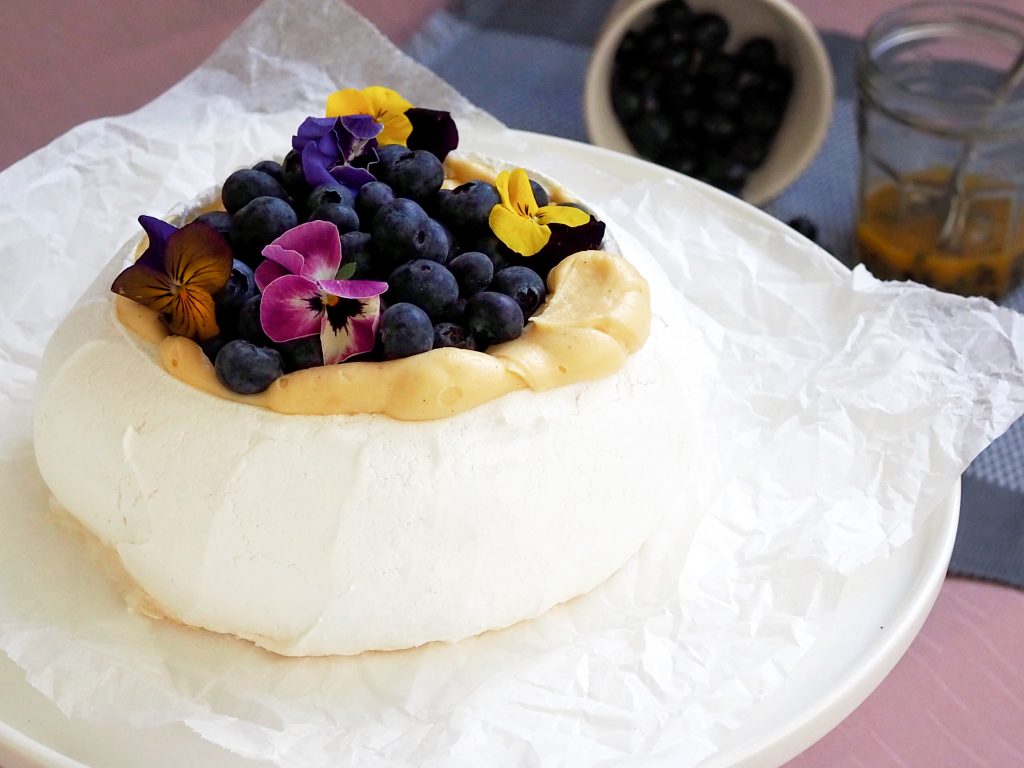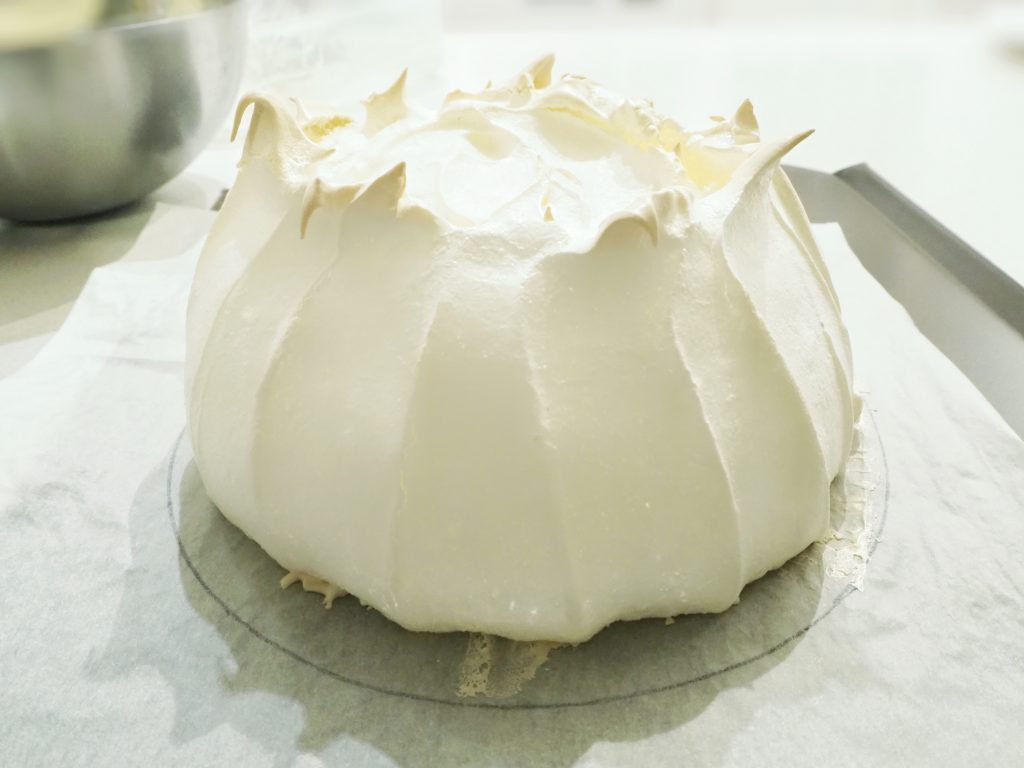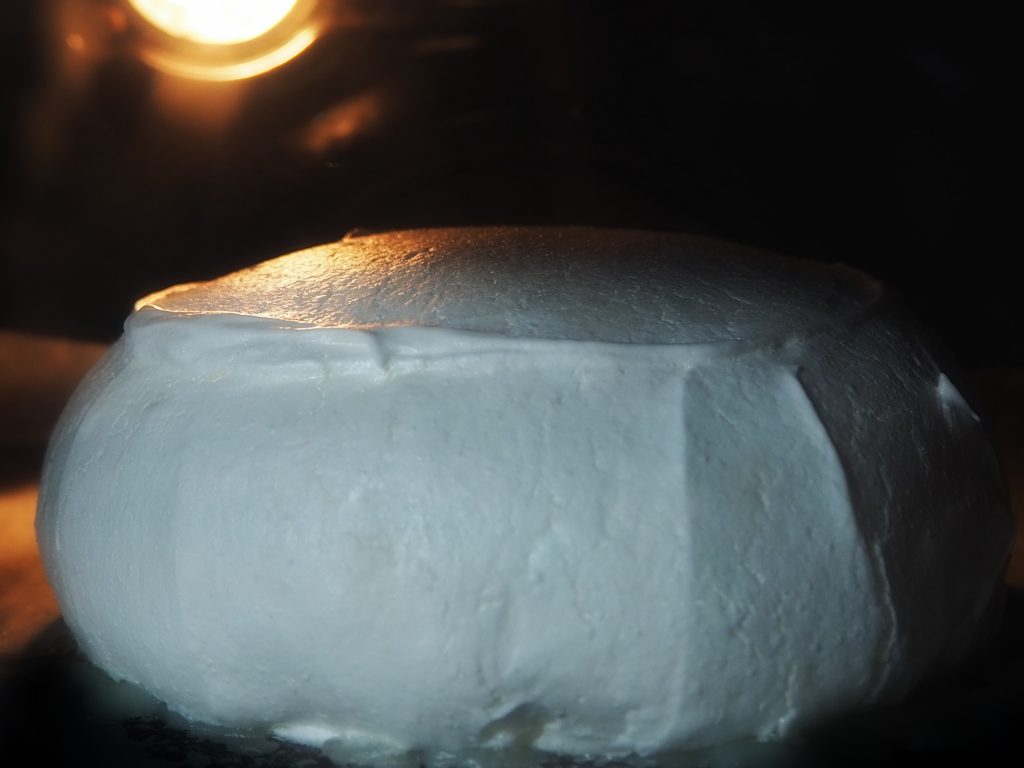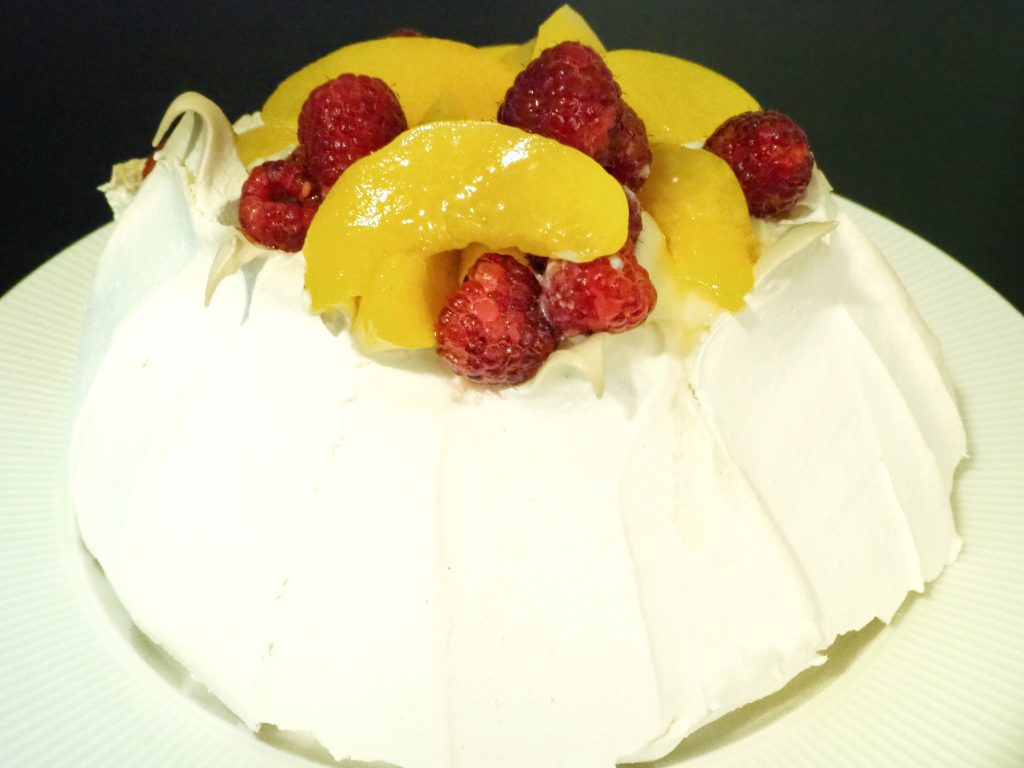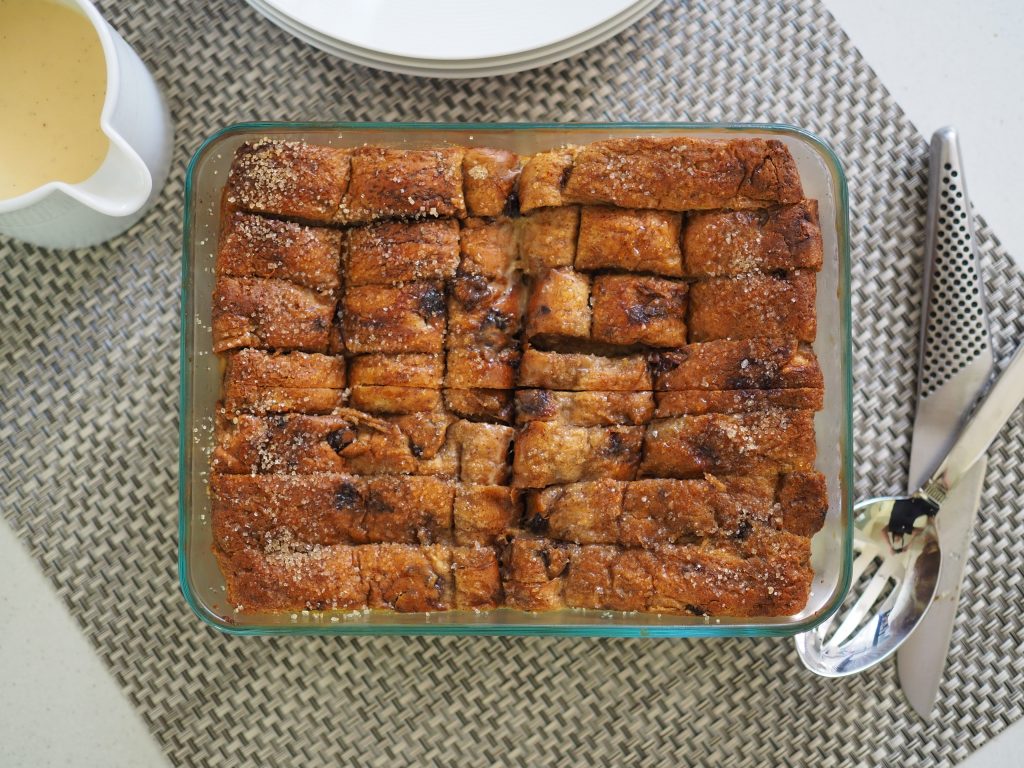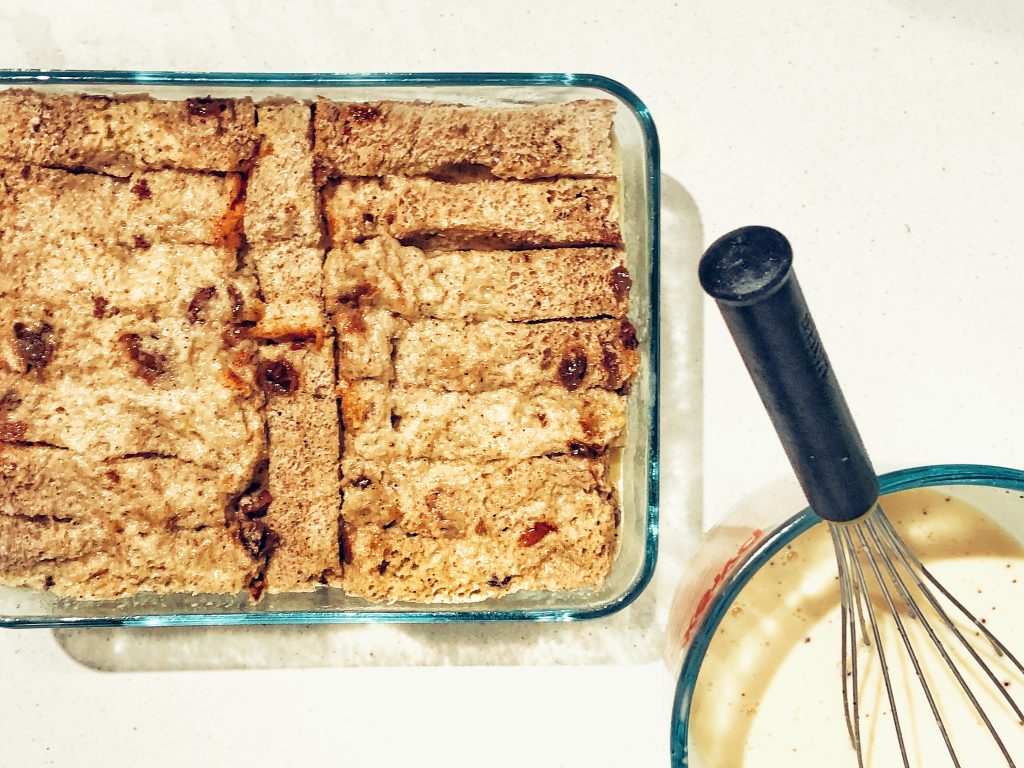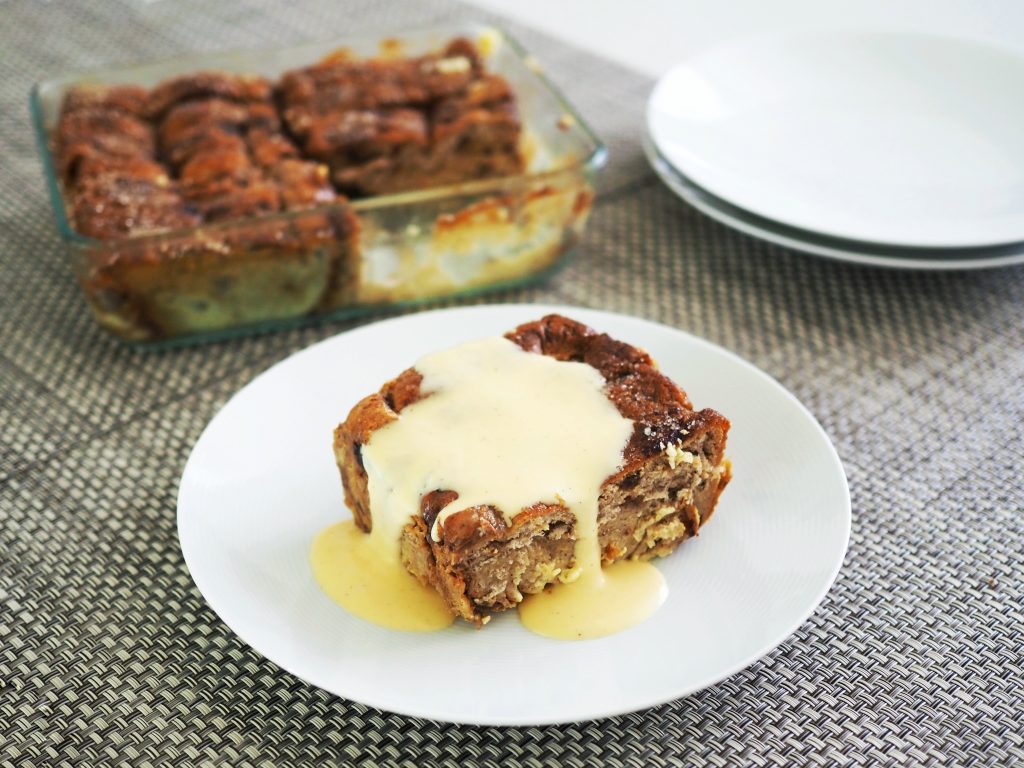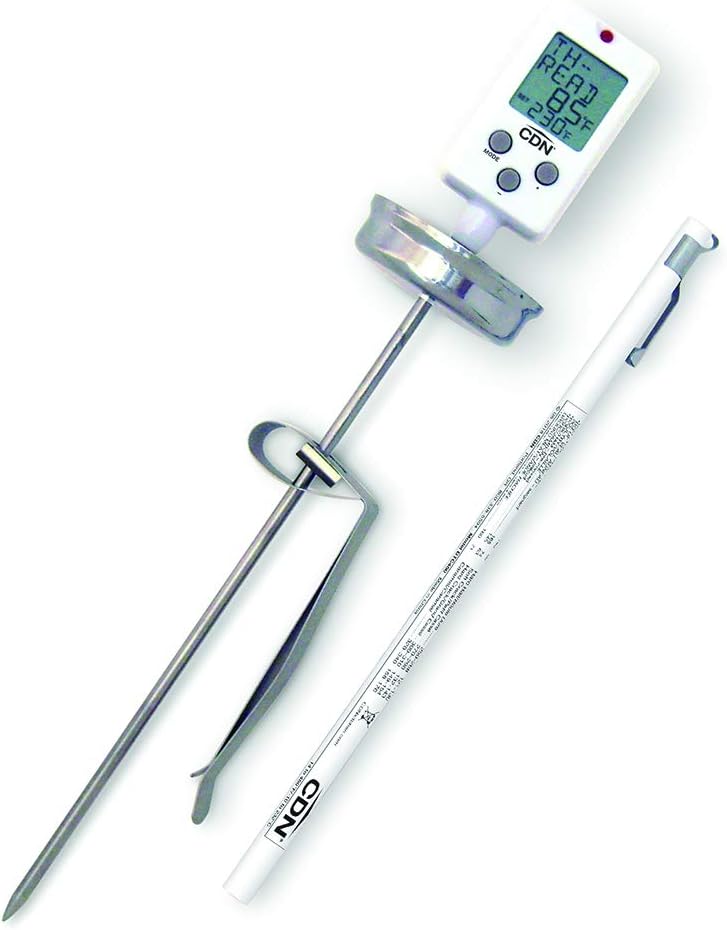There are a few versions of custard desserts cooked in a bain-marie (water bath) with caramel. To name a few, there’s creme caramel, creme brûlée and flan. I would have simply said this is a recipe for leche flan which is a Filipino dessert, but I bake mine and traditionally leche flan is steamed in oval aluminium flan moulds called llanera. If you live overseas and can’t find a llanera, I use 2 of the round 950mL Pyrex glass dishes and it works very well. Or you can make a big one using a large white ramekin but that would take longer to cook. In the photos below, I use the ones on the left and traditionally, leche flan is cooked in the moulds on the right. If you want a rich & creamy dessert, read through my post to get the best tips before trying the recipe at home. Then you’ll have the best chance of getting the recipe right!
Click on the photos to shop for the products. Most products ship internationally.
Mrs.Fancypants earns a small commission from affiliate links, when you buy the products above. If you’re in Australia, feel free to check the availability on advertised sites.
Why should you use a bain-marie? A water bath or a bain-marie ensures even distribution of heat and prevents the custard from becoming sweet scrambled eggs. Make sure there’s plenty of water because if the water dries out then you’ll also end up with scrambled eggs. I like my water level to be the same as the custard just to be safe.
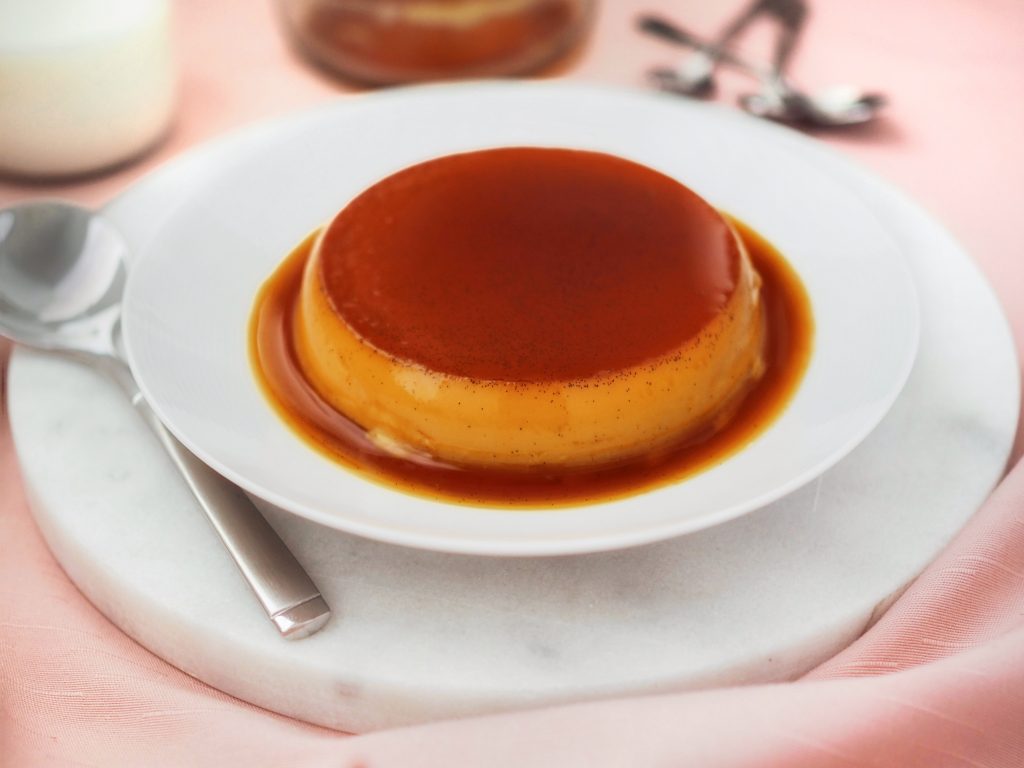
The caramel is straight up sugar and is relatively easy to make. Just have everything ready to go so you don’t get flustered when the caramel starts to turn amber, because it happens very quickly from then. I like mine deep amber, but not dark brown which means the caramel has burnt and will be bitter. When you’ve achieved the colour you like, add the vanilla, be careful because the sugar will start to bubble. Swirl the pan then pour into the cooking dishes.
The custard itself is easy as well, if you follow the instructions in the recipe, you will end up with a rich and creamy leche flan. I use a wooden spoon instead of a whisk to avoid making air bubbles, and I also strain the mix into the baking dishes. Another good thing to remember is to use hot water for the water bath because that will also affect the cooking time, if you use cold water, the custard will not start cooking until the water reaches a certain temperature.

Now for my last tip, make sure you use good quality eggs. I use Australian extra large eggs which is US large, the total egg weight is about 55g. I also use good quality vanilla. This dessert only has a few ingredients, and it’s fairly simple, so using great quality ingredients really is key to make this outstanding.
Now it’s time for you to give this a try! If you do, feel free to let me know how you like this recipe in the comments section below. Also, don’t be shy and connect with me on social media so I can see your yummy creations.
Baked Creamy (Leche) Flan
Ingredients
- For the caramel
Instructions
- Spray 2 flan tins or 2 round 4 cup baking dishes. Place the sugar in a small clean sauce pot, then put over medium/low heat. The sugar will start melting and turning to caramel, swirl occasionally to distribute heat.
- Once all the sugar is melted and amber, take off the heat. Add the vanilla and water, being careful because it will sputter. Pour the caramel into prepared dishes. Set in fridge.
- Preheat oven to 130C. In a medium bowl, using a wooden spoon beat the eggs and egg yolks until smooth being careful not to create air bubbles. Add the vanilla, condensed milk and milk. keep stirring until everything is incorporated.
- Take the baking dishes out and place in a roasting pan big enough to hold both. strain the egg mixture into each dish making sure you distribute the mix evenly.
- Pour hot water into the roasting pan to create a water bath. The water should be the same level or just below the egg mix in the dishes. Cover tightly with aluminium foil.
- Bake for 1 hour or until the sides are set but the centre is still a touch wobbly. Take out of the oven, take the dishes out of the water bath and cool down in you fridge for at least 4 hours.
- To serve, loosen the sides of the flan and turn over onto a shallow bowl. The caramel side will be on top with the rest drizzling down the side.




